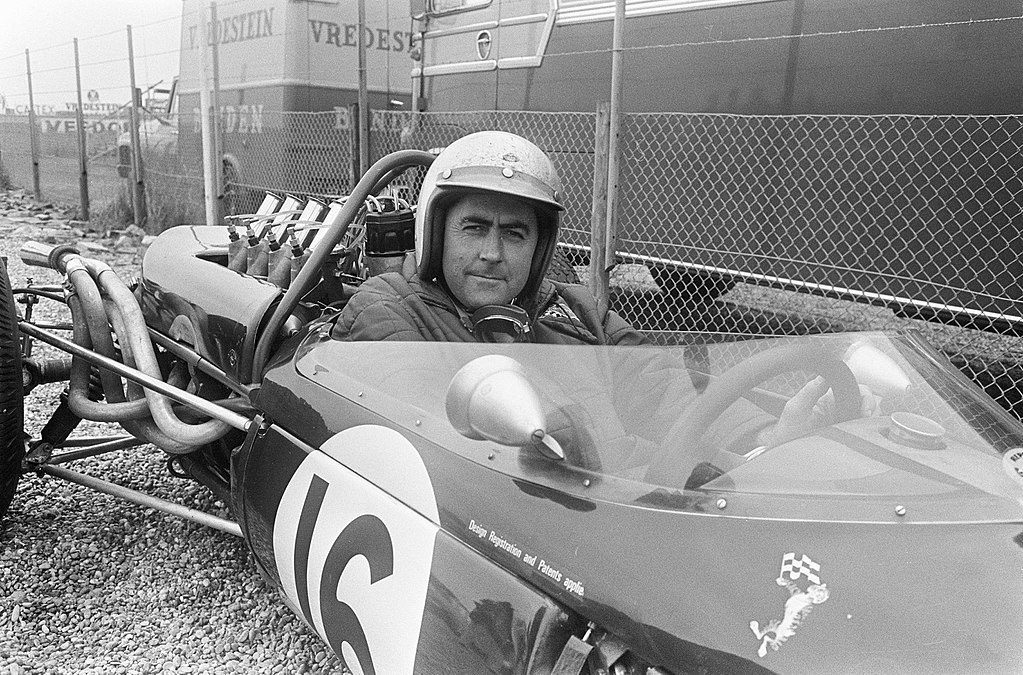
Australia has a rich history in Formula 1, with two World Champions and four race-winning drivers. In 2024, Oscar Piastri and Daniel Ricciardo keep the nation’s 22-year continuous presence on the F1 grid active. From Jack Brabham to Mark Webber, here are the top ten Australian F1 drivers!
10. Dave Walker
Kicking off our list of the top 10 Australian F1 drivers is Dave Walker. Walker holds the unwanted distinction of being the only driver to score no points during a season in which his team-mate won the title and often appears in lists of the worst Formula 1 drivers as a result.
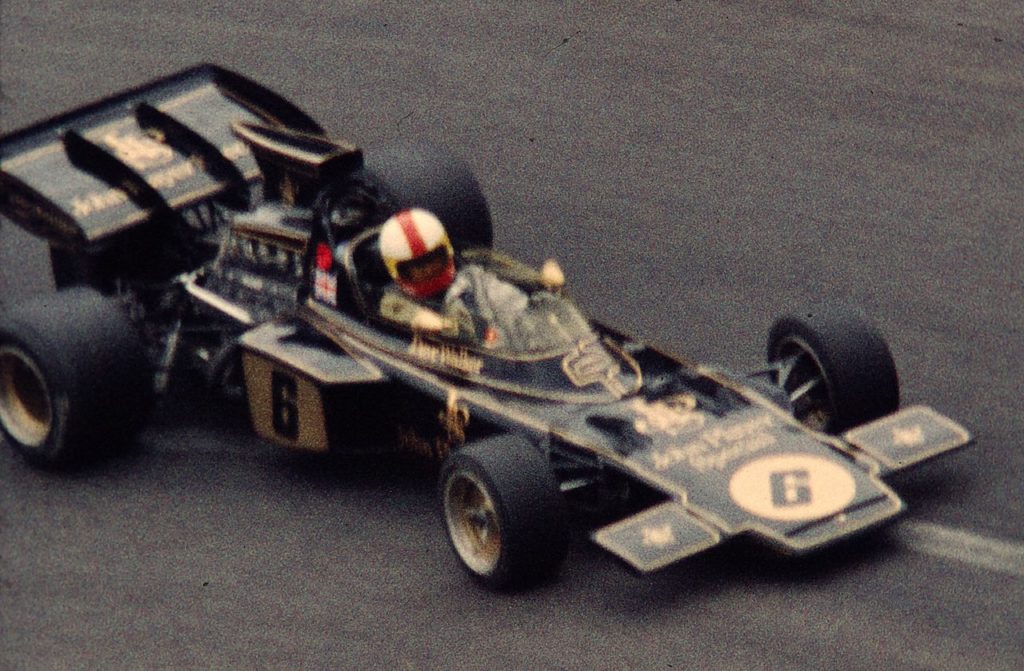
Image: ZANTAFIO56, Flickr, CC BY-SA 2.0
Walker’s time in F1 is not the best reflection of his talent, however. Walker was highly rated in the junior formulas and took multiple Formula 3 wins. He came close to scoring points on his Grand Prix debut at Zandvoort in 1971, but crashed out. Walker’s best result in Formula 1 was a ninth place finish at the 1972 Spanish Grand Prix.
Walker was dropped in favour of Ronnie Peterson at the end of his dismal 1972 campaign and went on to race in Formula 2 in 1973. Away from the racing circuit, Walker was involved in two road accidents that year, breaking a leg in one and injuring his arm in another. He retired from racing in 1975, saying that he was not the same driver as he once was following his off-track injuries. At the conclusion of his racing career, Walker moved back to Australia and set up a boat charter business in Queensland.
9. Vern Schuppan
Vern Schuppan failed to score any points in Formula 1 – his best ever result being a seventh place finish with the Surtees team in the 1977 German Grand Prix. Schuppan was critical of the Surtees team, alleging that they did not give him equal machinery to team-mate Vittorio Brambilla.
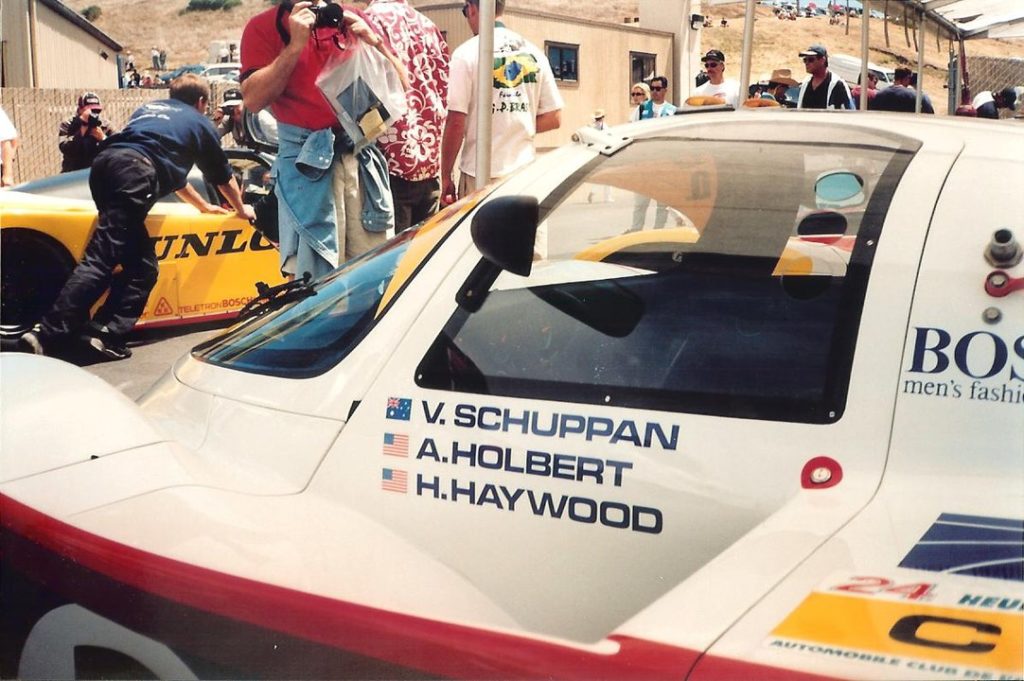
Vern Schuppan’s 1983 Le Mans winning Porsche 956. Image: Bahnfrend, Wikimedia Commons, CC BY-SA 3.0.
Schuppan is more celebrated for his successes in sports car racing, where he won the 24 Hours of Le Mans in 1983 – despite driving the final lap with an overheating engine, which failed just after he crossed the finish line.
8. Larry Perkins
Larry Perkins never secured a permanent drive in Formula 1, making a handful of appearances with different manufacturers, including BRM, Surtees and Brabham. From his 11 race starts between 1974 and 1977, Perkins had a relatively unsuccessful time, with a best result of eighth in the 1976 Belgian Grand Prix.
Perkins had more success in the junior formulas. At home in Australia, he won national championships, including the Australian Formula 2 Championship in 1972. In 1975, he was the victor in the inaugural FIA European Formula 3 Championship. After his F1 stint, Perkins raced in rallycross and touring cars through to his retirement from racing in 2003.
7. David Brabham
The youngest son of Jack Brabham had taken little interest in motorsport until after leaving school, but soon found himself following in his father’s footsteps after purchasing a second-hand go kart at the age of 17.
After rising through the ranks at a national level in the 1980s, David Brabham moved to Europe and had success in 1989, winning the Formula 3 Championship and the prestigious Macau Grand Prix.
In 1990, Brabham stepped up to Formula 1 with the Brabham team – which, by this point, was no longer owned by his father. The uncompetitive machinery did not allow Brabham to qualify very often. Of the eight times he did qualify for races that year, he finished only once – with a 15th place finish at the French Grand Prix. He did not continue with the team in 1991.
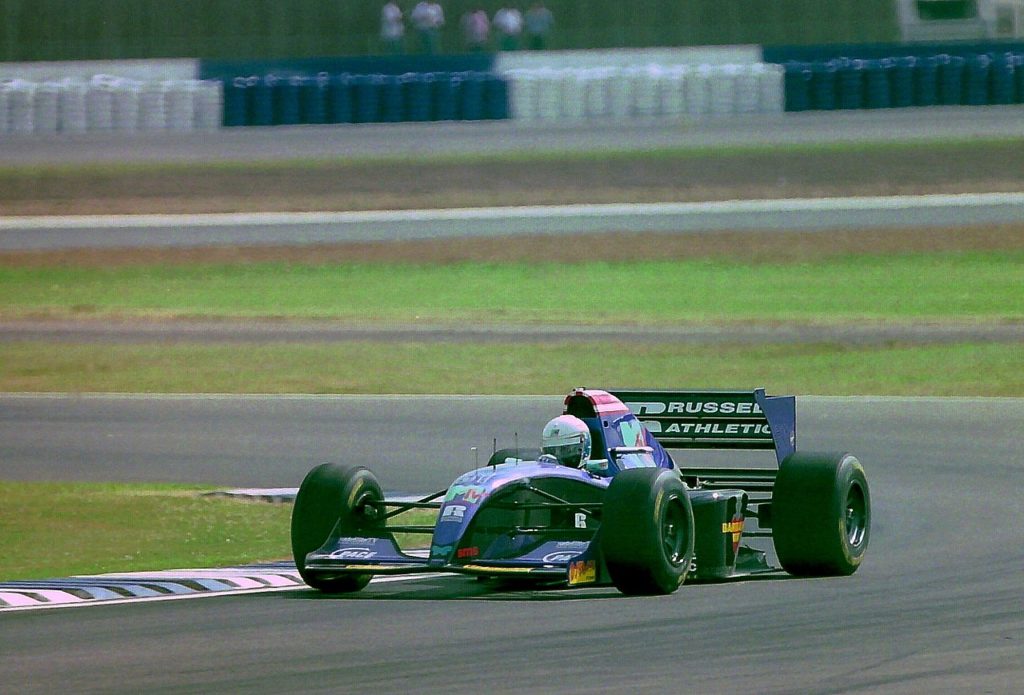
Image: Martin Lee, Flickr, CC BY-SA 2.0
Brabham returned to F1 in 1994 with the ill-fated and under-funded Simtek team. At the San Marino Grand Prix, team-mate Roland Ratzenberger was killed in qualifying and Brabham made the brave decision to continue racing. While he would retire from the Imola race, Brabham went on to secure his career best result with tenth place at the Spanish Grand Prix – one of only a handful of finishes in the unreliable Simtek.
Brabham was hailed as a strong team leader, improving the car across the season and competently out-performing his team-mates. He stepped away from F1 at the end of the 1994 season and would not return. Brabham now heads up the Brabham Automotive road car company, producing supercars. The backstory of the automaker’s formation is covered in the 2019 film Brabham.
6. Tim Schenken
Tim Schenken raced in Formula 1 between 1970 and 1974. From his 34 race starts, he scored points on three occasions. That included a podium finish at the 1971 Austrian Grand Prix, where he became only the second Australian to finish on the podium in F1.
Schenken raced with legendary names during his career. He was given his race debut by Frank Williams, drove with Brabham in 1971, raced at Surtees in 1972 and made a one-off appearance for Lotus in 1974. With Lotus, at the 1974 United States Grand Prix, Schenken was disqualified for having started the race illegally. The previous day, he’d failed to set a lap time fast enough to be one of the 25 qualifying drivers for the race.
5. Oscar Piastri
Oscar Piastri is the first of the next generation of Australian drivers to make it to Formula 1 – though he had to wait to make his debut. After winning the Formula 3 and Formula 2 titles in successive years, Piastri spent a year on the sidelines in 2022 as Alpine’s reserve driver. He made international headlines in the summer of 2022, when Alpine prematurely confirmed that he would drive for the team in 2023. Later, Piastri announced that he had already signed a contract with McLaren.
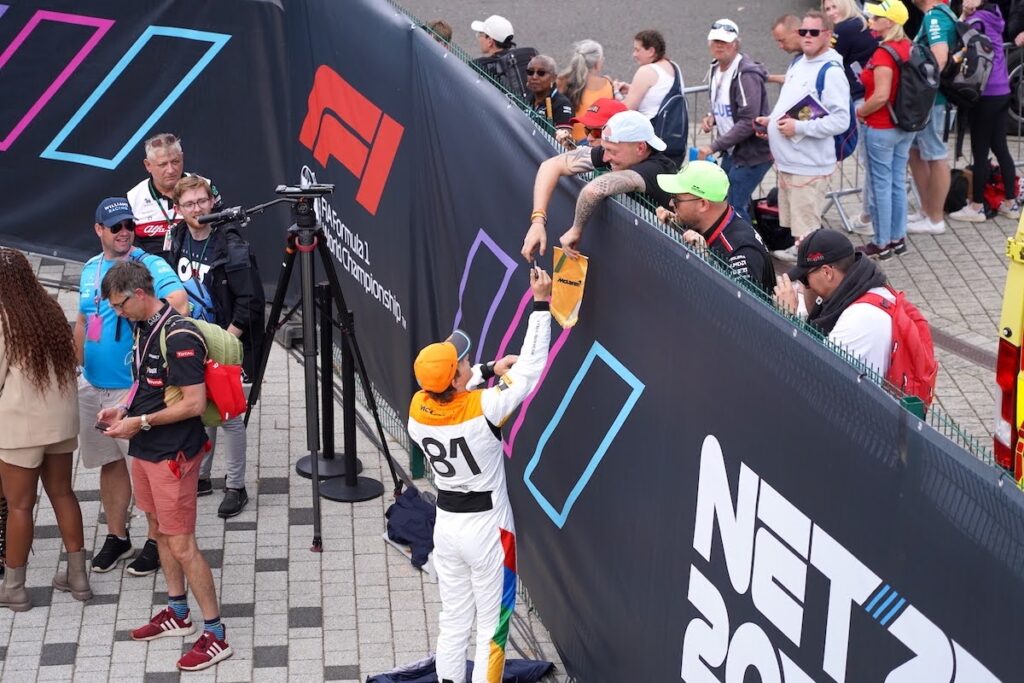
Piastri made his Formula 1 debut at the 2023 Bahrain Grand Prix in a relatively uncompetitive McLaren. He was able to score the first points of his career on home turf with an eighth place finish at the 2023 Australian Grand Prix. An upturn in form mid-season for McLaren saw Piastri challenging for podiums in the second half of his rookie year, picking up podium results in Japan and Qatar and taking victory in the Sprint at the 2023 Qatar Grand Prix.
If McLaren can provide him with the goods in 2024, expect to see Piastri on the podium regularly this year – and moving further up this list!
4. Mark Webber
Minardi were a much loved backmarker team in Formula 1 but it was never expected that they had the machinery capable of scoring brilliant results. Imagine the surprise, then, when on debut, Mark Webber secured a fifth place finish at his home event – the 2002 Australian Grand Prix. Race organisers and trackside fans were so pleased with their newfound home success that Webber was invited onto the podium to celebrate his achievement.
Webber was a slow burner in Formula 1. He showed promise over the following seasons at Jaguar and Williams, but it was not until joining Red Bull that the Australian really began to shine.
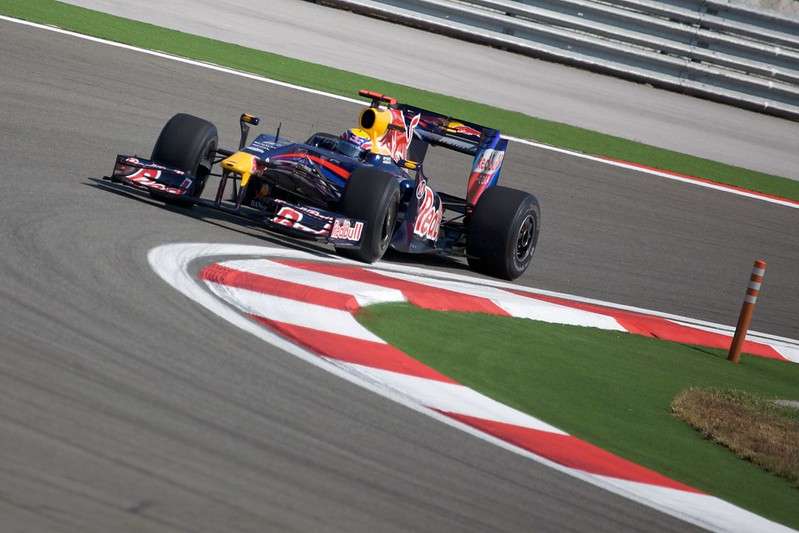
Webber took his first Grand Prix win on his 130th attempt, the 2009 German Grand Prix, at the time a record for the longest wait for a maiden victory. As Red Bull became title contenders, Webber was very much in the running for the title in 2010 right up until the final race of the year, but was pipped to the honours by team-mate Sebastian Vettel.
After 2010, Webber was never really in genuine title contention again but more wins followed – a single victory in 2011 and two in 2012, with his final win at the 2012 British Grand Prix taking his total to nine wins – the third most of any Australian driver.

Webber retired from Formula 1 at the end of the 2013 season and moved over to endurance racing, winning the World Endurance Drivers’ Championship in 2015. Webber hung up his helmet for good in 2016 and now works as a TV pundit and Porsche ambassador..
3. Daniel Ricciardo
Daniel Ricciardo had a quiet start to his Formula 1 career. A mid-season substitute at the fledgling HRT team, Ricciardo got to grips with F1 machinery over the second half of the 2011 season before stepping up to Toro Rosso in 2012. Comparing well against team-mate Jean-Eric Vergne, Ricciardo got the call up to Red Bull when fellow Australian Mark Webber announced his retirement.
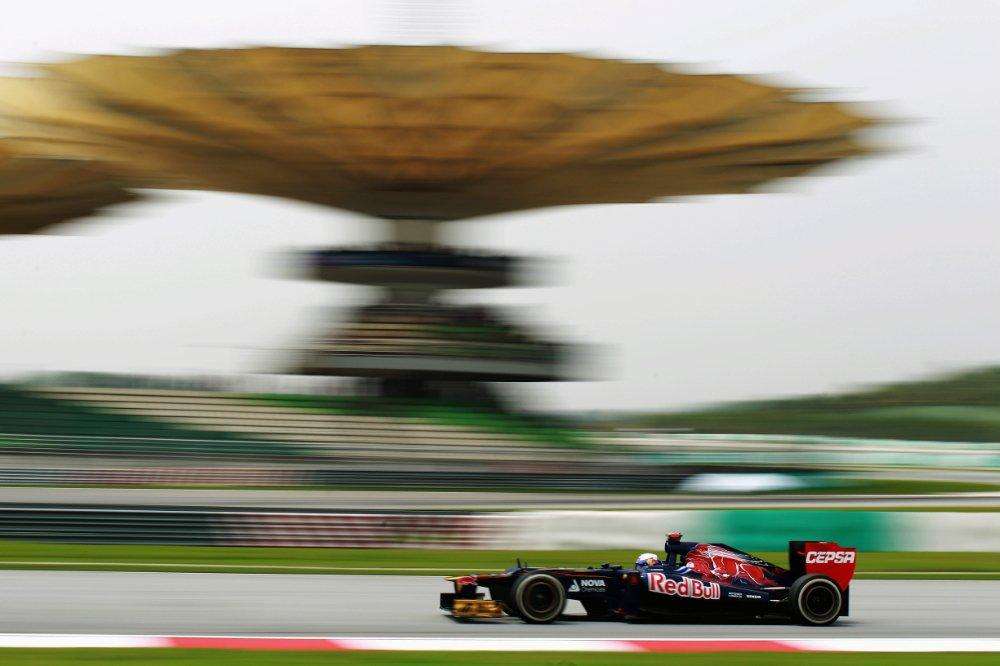
Ricciardo immediately impressed at Red Bull, qualifying on the front row for his first race with the team in 2014 and scoring a podium finish at his home race – though he would later be cruelly disqualified for a fuel-flow discrepancy, meaning that officially there is still yet to be an Australian driver who has scored a podium result at the Australian Grand Prix in Formula 1.
With three wins over the course of the 2014 season, Ricciardo had the upper-hand over four-time champion team-mate Sebastian Vettel and became Formula 1’s most universally liked frontrunner.
Ricciardo’s winning form continued across his time at Red Bull, with a total of seven Grand Prix victories with the team – his last being an impressive, redemptive win at the 2018 Monaco Grand Prix. His daring last minute overtakes made him one of the most entertaining drivers to watch on the grid.
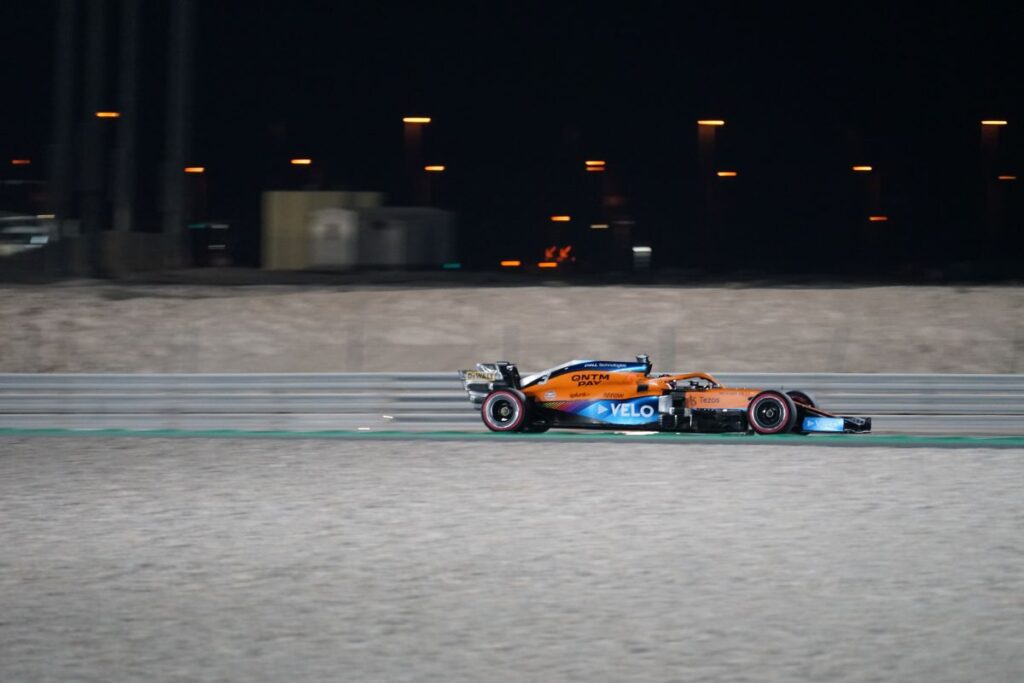
Ricciardo moved to Renault in 2019 and 2020, scoring a couple of podiums in the latter season before signing with McLaren. The Australian’s time at McLaren was not a particularly happy one, aside from a surprise victory in the 2021 Italian Grand Prix – the team’s first in almost a decade.
For the first half of 2023, Ricciardo sat on the sidelines as Red Bull’s reserve driver, unable to find a drive with a top team and unwilling to settle for less than competitive machinery. After the British Grand Prix, he replaced Nyck de Vries at AlphaTauri but found himself on the sidelines again as the result of a crash in practice for the Dutch Grand Prix at Zandvoort, in which he broke bones in his hand.
Ricciardo returned for the United States Grand Prix and reminded everyone of his skills behind the wheel in Mexico, where he was able to qualify in the the top four and finish seventh – the team’s best result of the 2023 season. Continuing with the Red Bull junior team in 2024 – now named Visa Cash App RB – the so-called Honey Badger will need to put on more Mexico-like performances to put himself in the frame for a return to the top Red Bull team.
2. Alan Jones
Alan Jones is one of only two Australian F1 drivers to have won the World Championship. He took the honours in 1980, becoming the first Williams driver to become world champion. Jones was born into a motor racing family. His father Stan Jones won the Australian Grand Prix in 1959.
After being considered by Enzo Ferrari for a drive at Ferrari – which was later given to Gilles Villeneuve – Jones was taken on by Frank Williams. While Jones’ team-mate Clay Regazzoni supplied the Williams team with their first victory at the 1979 British Grand Prix, Jones went on to win four of the next five races and finished third in the overall standings. Jones’ success continued in the following season, where he took five wins and won the title.
Two further victories, and a third place finish in the title hunt, followed in 1981 but Jones was unable to replicate his title success. At the end of the year, Jones announced his retirement from Formula 1, winning on what was expected to be his final outing at the 1981 Caesars Palace Grand Prix.
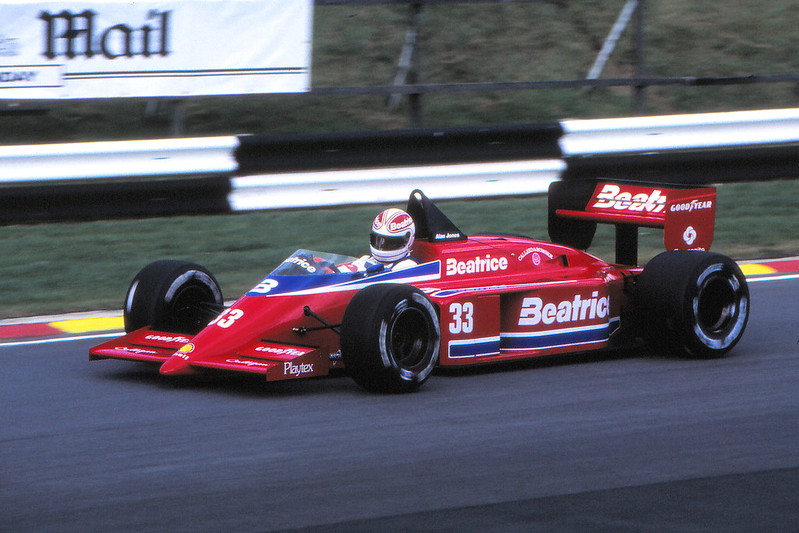
Image: Stuart Lewis-Evans, Flickr, CC BY-SA 2.0
Despite an offer from Ferrari as replacement for Gilles Villeneuve and the injured Didier Pironi, Jones made a one-off return with Arrows at the 1983 United States Grand Prix West. After a handful of races with the American Haas team (which has no links to the current American Haas team), Jones made a full-time comeback in 1986. The highlight of that season was a fourth place finish at the Austrian Grand Prix. He retired for good at the end of that year and later raced touring cars in Australia.
1. Jack Brabham
There can only be one name at the top of the list of the best Australian F1 drivers: Jack Brabham. Brabham became the first Australian driver to win the World Championship in 1959 and took a second successive title win in 1960 – becoming only the third back-to-back champion in the sport, after Alberto Ascari and Juan Manuel Fangio.
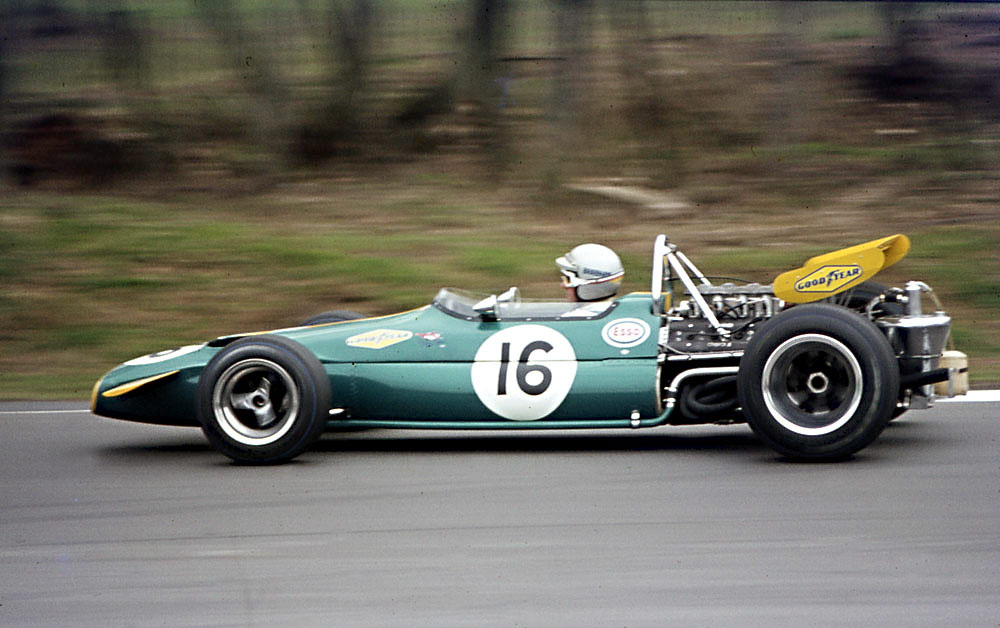
Image: Gerald Swan, Wikimedia Commons, CC BY-SA 3.0
More remarkably, Brabham won his third title in a car which he built himself. A 14-time Grand Prix winner, Brabham founded his eponymous team in 1962 and clinched the title in his own car in 1966.
Brabham remains the only driver to have won a World Championship in a car bearing his own name. The Brabham team continued to race in Formula 1, albeit under different ownership, until 1992, with both Denny Hulme and Nelson Piquet claiming titles in Brabham machinery.
Before his death in 2011, Brabham was the last surviving World Champion of the 1950s. Brabham was honoured with a state funeral.


